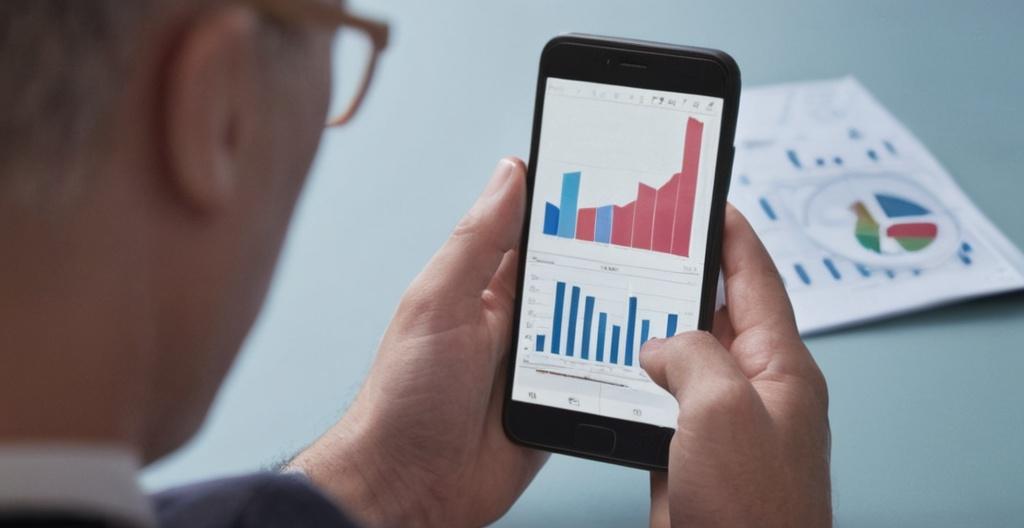Key Take Aways About Futures Trading
- Futures trading involves contracts to buy/sell an asset at a future date and price.
- Assets can include commodities and financial instruments.
- Futures contracts are standardized and traded on exchanges.
- Traders use margin and leverage but face increased risk.
- Strategies include hedging and speculation.
- Technical analysis helps identify market trends and patterns.
- Futures trading requires understanding of mechanics and market unpredictability.

Understanding Futures Trading
Futures trading is a type of financial contract that obligates the buyer to purchase, or the seller to sell, an asset at a predetermined future date and price. It’s as if you’re buying a cinema ticket months in advance, betting on the Hollywood temperature. The assets commonly include commodities like oil or gold, as well as financial instruments like currencies or indices. This approach allows traders to speculate on the direction of the market’s future prices.
It’s all about predicting the future and placing your bets accordingly, sort of like fantasy football but with stocks and commodities. You don’t have to physically own barrels of oil or bushels of wheat. Instead, you’re holding a contract that agrees to buy or sell at a certain price at a specific date in the future. It’s simple, in theory, but can be as fickle as the weather.
The Mechanics of Futures Contracts
Futures contracts are standardized agreements that trade on futures exchanges. It’s like an auction house where the price isn’t fixed after the deal is struck. These contracts specify the quantity and quality of the underlying asset. Think of it as ordering pizza—except the toppings and crust are predetermined. No personal preferences entertained here.
The exchanges act as a market place between buyers and sellers. Participants in the market can either take a long position (buying a contract) or a short position (selling a contract). It’s not a place to test your long-term commitment, but rather to execute your short- and medium-term strategies.
Margin Requirements and Leverage
In futures trading, you don’t need to pay the full contract value upfront. Instead, traders are required to put up a margin: a fraction of the total contract value. It’s like putting down a deposit on an apartment. This margin acts as a performance bond, ensuring both parties honor the contract.
Leverage is another spice in this broth, allowing traders to control large positions with a small amount of capital. It’s tempting, like adding extra cheese to your pizza, but it can also increase your risk. A small market movement can lead to significant gains or losses. Remember, what goes up can come down just as fast.
Trading Strategies in Futures Markets
Participants in the futures markets have different strategies at their disposal, from hedging to speculating. Hedgers use futures to mitigate risk. Picture them as cautious folks, like your grandparents in the stock market, looking to protect themselves from unfavorable price movements in the commodities they produce or consume.
Speculators, on the other hand, are the adrenaline junkies of the market. They have no intention of actually buying or selling the underlying asset but are instead betting on price movements to make a profit. They’re the poker players in the Vegas of trading—high risk, high reward.
Technical Analysis in Futures Trading
Technical analysis involves evaluating securities through statistics generated by market activity, such as past prices and volume. It’s the equivalent of using historical weather data to predict tomorrow’s forecast.
Traders often use charts and graphs to identify trends and patterns that suggest future activity. The most common tools include moving averages, relative strength index (RSI), and candlestick patterns. If done right, it’s like finding the breadcrumbs in a fairy tale that lead you to the candy cottage. If done wrong, you might find yourself lost in the woods.
Conclusion
Futures trading is not for the faint-hearted. It’s a world full of predictability unpredictably packed with opportunities to make or lose money. The thrill lies in mastering your strategy, understanding the mechanics, and recognizing that markets, much like life, can be as unpredictable as a cat on a hot tin roof.
For those keen to venture into futures, keep your wits about you, take the time to understand the instruments, and most importantly, don’t let the allure of leverage cloud your decision-making. It’s all about playing the long game while understanding the short-term fluctuations.